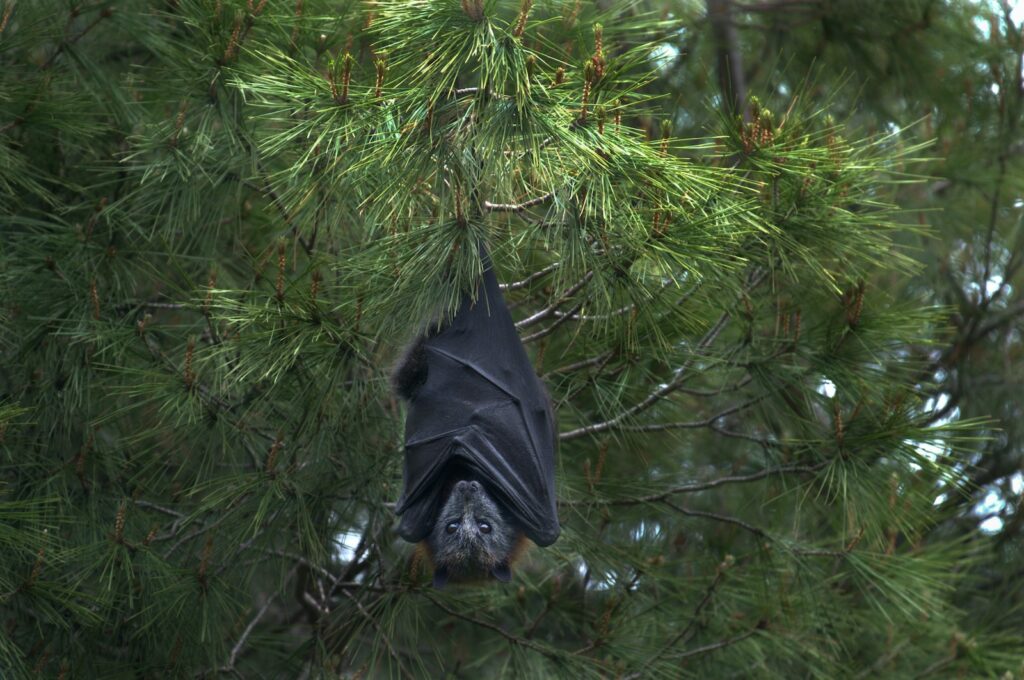Diets of bats provide clues on how to protect endangered species
Research investigating the diets of endangered Indiana bats and threatened northern long-eared bats has revealed how we can protect both species and their habitats.
The first of its kind to do so, scientists from the University of Illinois and Brown University compared the eating behaviours of the two species to find out how they coexist.
Notoriously difficult to track, as bats are nocturnal and highly mobile, the researchers humanely captured the bats and collected faecal samples at two Indiana locations over four summers.
They hope the study will help managers recognise which plant varieties would benefit the species the most, to make forests healthier and provide more food options for the bats.

‘This was an in-depth study of these two imperiled species in landscapes where they co-occur. Nobody’s done that before,’ said Joy O’Keefe, assistant professor and wildlife extension specialist at the Department of Natural Resources and Environmental Sciences at Illinois. ‘This investigation gives us a much better sense of how bats not only coexist, but also how they benefit our forests and how we can thus manage the forest to provide bats with better habitat.’
The team identified insect prey by using DNA found in the faeces and a size classification system, discovering that the bats had similar diets.
They mainly ate moths, beetles, crickets, wasps, and mosquitoes, as well as agricultural and forest pests.
Findings also showed that the smaller northern long-eared bats picked up slightly larger prey which could explain how the bats avoid being in direct competition with each other.
Differences in the bats’ diets were so similar that there were greater differences in site – forest or airport – than between bat species.
Data scientists in the Centre for Computation & Visualization at Brown, Tim Divoll, said: ‘This tells us that, at some level, they are generalizing on whatever is available at a given site. They might be flexible and specialize at certain times, but these two bats are going to go after whatever is predominantly there. They may use different hunting techniques and search different heights of the forest, but they both likely capture easy targets while searching for preferred prey.’
Photo by Vlad Kutepov















